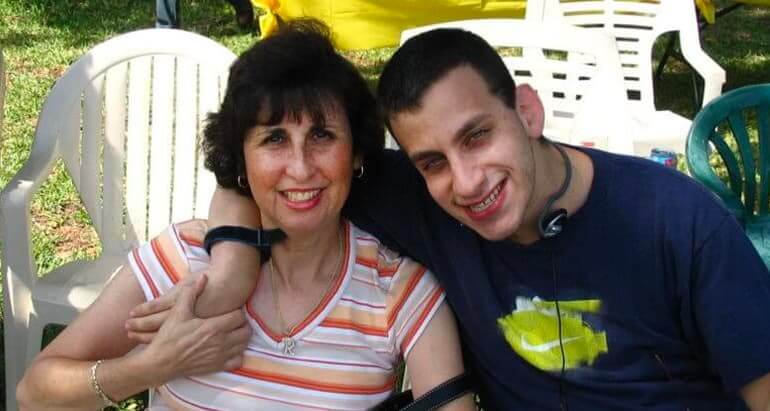By Jayne Dixon Weber
Your son or daughter is moving out! Is it a parent’s dream? For many, yes, but …
You have given your child your best of everything for their whole life. You have given your attention, you have figured out ways to teach them, and you have created the best IEPs you possibly could. You’ve prepared for the future.

Now that the future is here, how do you let go? How can anyone else do what you’ve done for the last 20 to 30 years?
They will not do it as well as you have, but your child must learn to depend on someone other than you. Of course, that is an easy thing to say; it’s much harder to see to completion. The emotions you have are the same for any parent with a young adult who moves out, whether to college or into an apartment. Remember, you want this for your child. That is why you have worked so hard all these years.
Here are 11 strategies to help you with this momentous event:
1. Find a good location.
Find a location with which both you and your child will be comfortable. For many parents, that means close enough so that either of you can visit the other without too much hardship, but with enough distance so that neither of you can visit too easily.
2. Get good roommates.
You also want to be comfortable with the person your child will be living with — or who/how they will choose potential roommates.
Also see: Fragile X Info Series: Adult Housing
3. Interview care providers.
Interview your care provider carefully and thoroughly. There will always be issues that pop up that you’ll have to work through, so keep that in mind when choosing the person.
Also see: Care Provider Interview Guide
4. Set a schedule.
Make sure your child has a daily schedule appropriate to him or her — a comfortable combination of activity, work, socialization, and downtime.
5. Set up regular communications.
Set up regular communications like daily phone calls with your child and weekly meetings with the care provider. Exchange phone numbers in case either need to get ahold of the other in case of emergency.
6. Visit regularly.
See your child on a regular basis. Make this part of the weekly routine, knowing that you may need more visits in the beginning. Letting go is hard.
7. Party time!
Have a party at the new house for your child and their friends.
8. Keep things familiar.
Keep some of your child’s “stuff” at your house for when they come to visit.
9. Read books about empty nesters.
Read books about empty nesters and how others have dealt with it. Here’s a few from Amazon to get you started.
10. Listen to your child.
As much as they’re able to, give them the freedom to speak for themselves, and to participate in decisions about themselves.
11. Know that it’s an emotional time.
… and that’s okay.
Is it every parent’s dream for their child to move out? No, it’s not. Some parents want their children to live with them for many years. In some families, the siblings will take care of the person with FXS. They may even be able to stay in the same house they grew up or currently live in.
However, families need to plan for when [gulp] you’re not here. It’s not an easy thing to think about, much less plan for. I understand that the older my son gets, the older I get, whether I like it or not. Spend some time thinking about what is going to work in your family. Families should do what works for them and what they think is best for their child. Planning for that as much as you can is best for your child.
There are many routes and they can take different lengths of time for every family. Your son or daughter might be 22 or 52 by the time they’re ready. The big question for many might start with: Will my child ever be able to move out? With plenty of work on your part and a lot of preparation with your child, I would say, yes.
about

Jayne Dixon Weber
Jayne served as the NFXF director of community education (and other positions over the years) from 2007 to 2023. She has two adult children, a son with Fragile X syndrome and a daughter. Jayne is the author of Transitioning ‘Special’ Children into Elementary School, co-author of Fragile X Fred, and editor of Children with Fragile X Syndrome: A Parents’ Guide. Jayne likes to read, enjoys photography, and goes for a walk every day.

